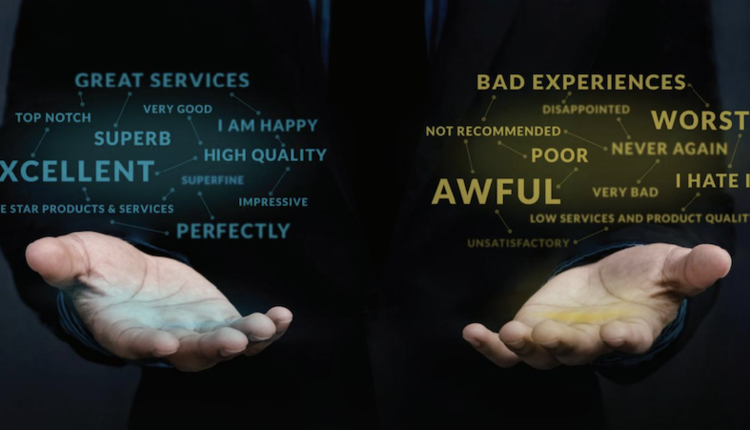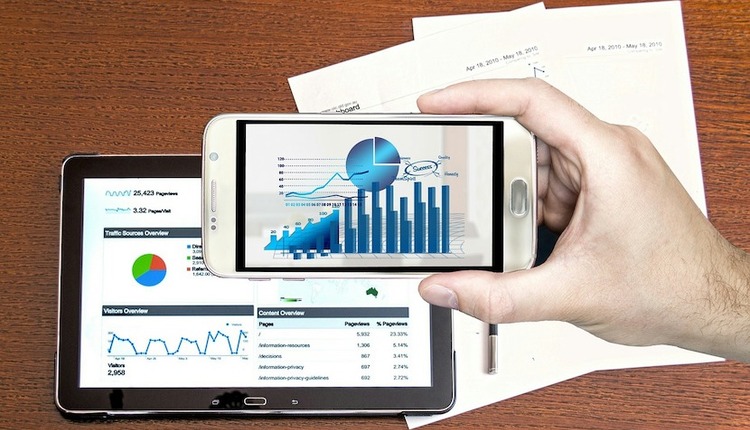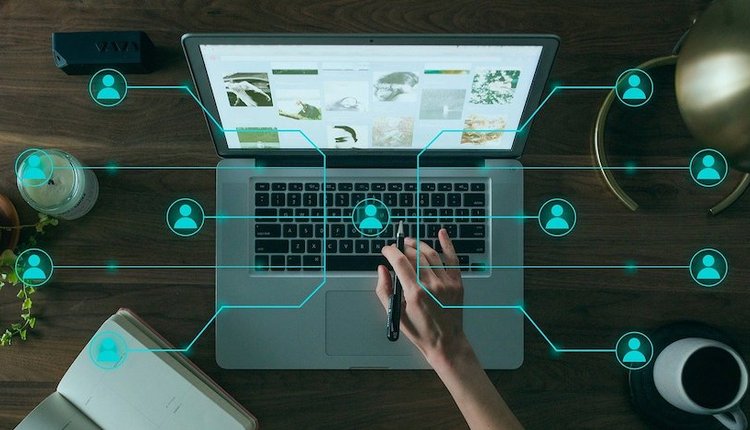
To me, the road to the future looks like a winding road through the front windshield, but it seems to appear as a straight path from the rearview mirror. As we consider the future of omnichannel customer communications, we can expect the future to have twists and turns navigated with a combination of good planning, unfortunate detours and some random luck. As we plan for the future of omnichannel communications in 2030, let’s take a minute to look at some current trends that are likely to shape the future. Then, we will shift to what omnichannel customer communications will look like. Finally, we will close by examining what this means to us as we work to get ready for this future.
Before we get into the future, we should start by understanding the present. There are four key developments that are important to help us bet on what will take place in the future. They are: New devices fighting to get beyond early adoption; corporate battles between competing platform companies; upstart services seeking to disrupt; and accelerated regulatory compliance.
New devices are more than single devices. Today, we already see improved AR glasses around the bend, folding screens are nearby and increased 5G bandwidth is on the horizon. The latest wireless earbuds each have more computing power than the iPhone 4 from 2010, showing that computing power will be distributed across a network of personal devices. Right now, several active disputes will impact communication in 2030. Epic Games (Fortnite’s parent) is fighting with Apple about how payments are executed over a multiple platform ecosystem in ways that challenge walled garden business models.
TikTok and Clearview AI are frequently in the news for data access and governance concerns when companies go global from new places. These disputes will impact what information is sharable, how it is secured and what the customer expects in exchange for the risks to their digital identity. Today’s regulatory compliance timeframes are shrinking, with compliance periods slipping from more than 12 months in 2010 to less than 2 weeks in 2020. These current events are likely to shape the future of communication.
With that understanding of context, let’s jump into a smart car and put the pedal to the metal to see 2030’s omnichannel communications from a customer experience perspective. In 2030, omnichannel means accessing more information from more devices through more ecosystems. This is a recipe for confusion for the customer, as there will be more data from more places. They will expect you to make this confusion easier to comprehend, as there will be more people with more devices and everything will be moving faster.
The customer will be shifting from “work” to “home” tasks many times per day as IoT items send updates during work hours and work sends updates during “off hours.” As a result, the customer communication challenge will center on synthesizing the data, distilling it to meaningful information and displaying it as simply as possible to the right device as the recipient expects. Customers will expect more work to be done for them than by them.
Will paying a utility bill become elevated to a sci-fi style experience with a lot of arm-waving?
Probably not.
Will refinancing a home require a ream of paper and a rented room?
Hopefully not.
Will you be able to easily move from a macro view to a micro view as needed?
Totally.
Will the line between work and home devices/access be blurry?
Definitely.
Will you be able to execute more transactions with less effort using more devices? Absolutely.
If your customers expect to do more with less, using a collection of devices that rapidly changes, what does that mean for you? You are going to have to do 50 times as much integration as today to understand what communications you are sending and why you are sending them. You will be buying more services from third parties to predict what messages will work or to learn when to stop chasing a bad lead. You will also be storing a lot more data. This will add complexity to your data processing needs and increase the cost of pre-processing for every communication. This will also create a significant investment in compliance as more and more data passes through your operation.
Since this is an omnichannel world, you will also have to design to more types of screens, devices, services or new wearables. You will be designing to place more information into smaller spaces that are fiercely competing for time. You will be adding motion, spatial awareness and other fluid design elements into even the most basic customer interactions.
The customers of 2030 will probably continue to prioritize convenience over some risk, so you will be putting the most personal and sensitive data to more places. The concept of context will shape how you design communications, distilling data to information, turning information into insight and finally insights into action. The drive to distill information to action will bring together design and data intelligence skills together in ways we cannot yet comprehend.
As you sit looking to get to 2030, you need to think about how you will simplify design while data becomes more complex. You will need to say less, but with more certainty that it will work. You will have to design moving and interactive elements into communications that have both very low and very high resolution. This will require closer collaboration across teams with increasingly varying skill sets, but I have seen you make it from 2010 to 2020, so I have every confidence that you are up to the challenge.















